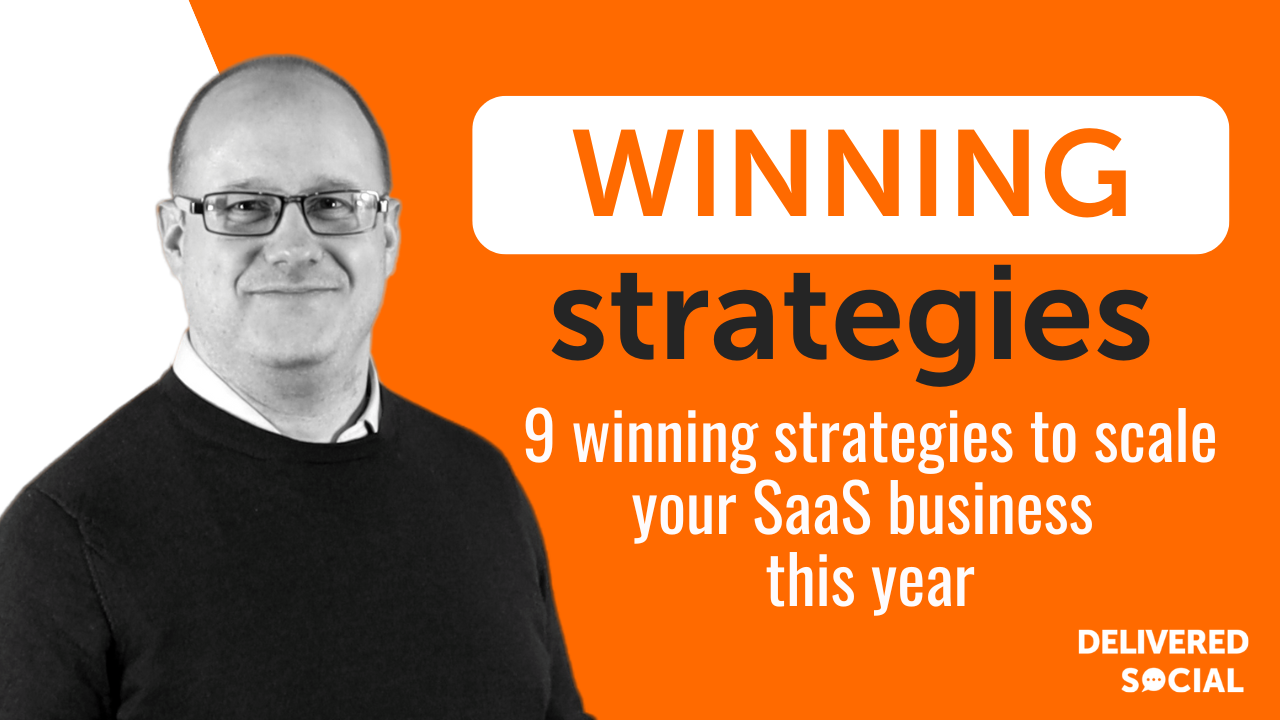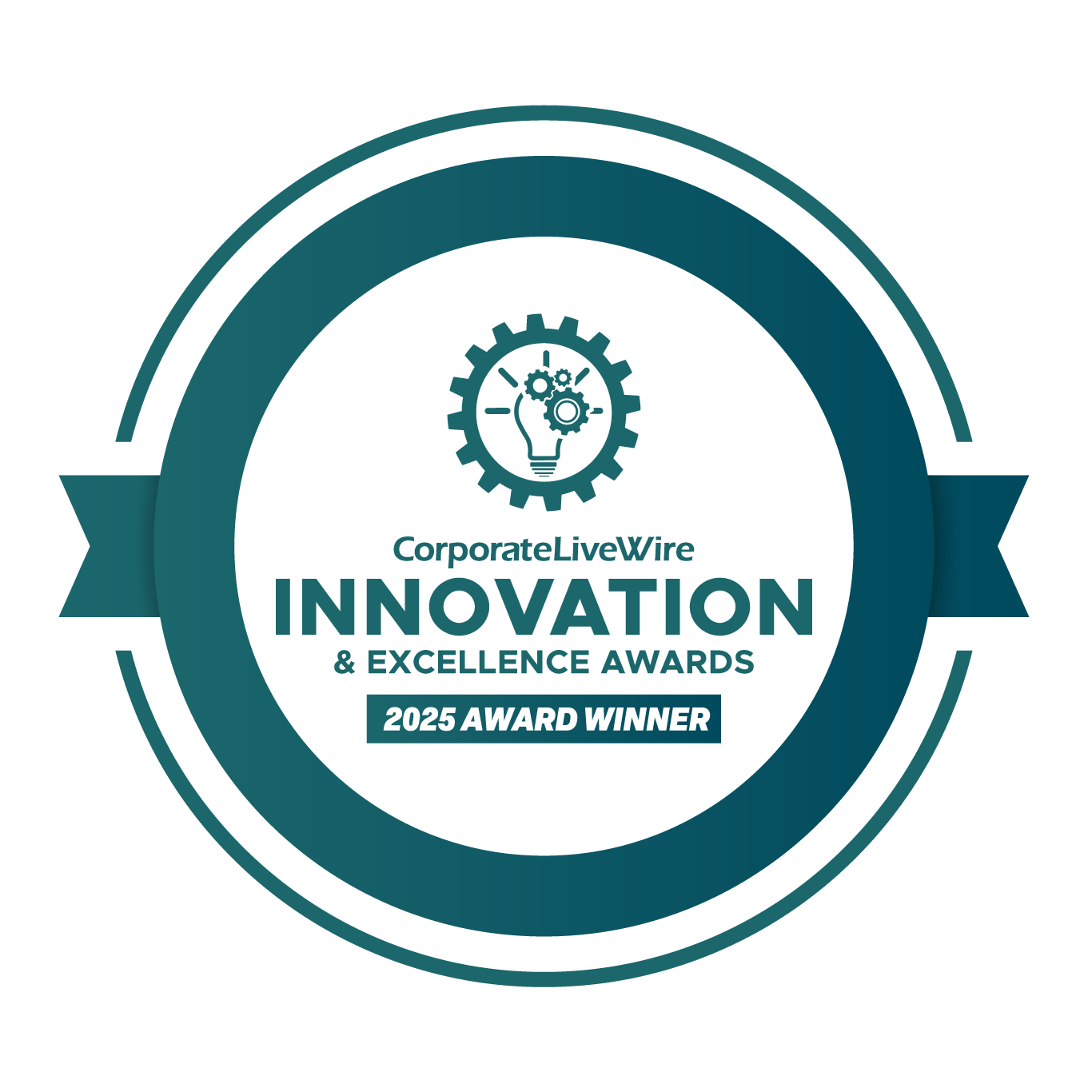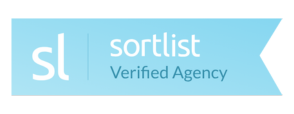
SaaS is a business model that provides software as a service. It’s an approach to selling software on demand rather than charging customers for the right to use it or even receiving payments upfront.
Scaling a SaaS business is not for people who are easily discouraged. Studies show that 70% of businesses, including SaaS, fail because they need to grow more quickly.
All SaaS businesses want to grow steadily, whether they are self-funded or backed by venture capital. But there is no magic formula for growing a SaaS business, and the “overnight success formula” is a myth.
So, you’ll be let down if you start this journey hoping to see results immediately. Scaling takes time and work, and you’re likely to make many mistakes along the way. But if you do it precisely and follow the best practices in the field, you can do well.
This guide will teach you nine ways to grow your SaaS business. But first, let’s take a quick look at what it takes to grow a SaaS business.
What is a SaaS Business Model?
A SaaS business model involves delivering software as a service (SaaS). The term “software as a service” is commonly used in cloud computing but can be applied to any subscription-based business model.
We’ll look at how to implement successful SaaS businesses using these strategies:
- Focus on customer satisfaction and repeat purchases through your user experience.
- Build strong relationships with customers through social media engagement and community-building initiatives.
- Offer value-added services alongside your core product offerings, like maintenance contracts or paid add-ons for advanced features.
- Sell more than just products: promote higher-margin services such as consulting services or training courses.
How Do You Implement a Successful SaaS Business Model?
Create a powerful team. Align with important clients. Join forces with the right Saas SEO agency for you.
This can be difficult because businesses are frequently reluctant to change their price structures at this stage of their business lifecycle because they don’t want to lose customers who may only pay monthly or yearly fees instead of annual payments.
Change your pricing strategy and optimize for retention and churn prevention, not just acquisition costs (which most SaaS businesses require). Invest in your marketing initiatives by utilizing new platforms like social media advertising and establishing connections with key figures in your target market.
This will raise brand awareness and encourage more people to use the product for their needs, wants, or desires. Improve Your Business Processes by Measuring Them. These metrics can be used efficiently when managing teams so that every employee understands exactly what is expected of them the next time by tracking every action done by employees throughout the day using analytics platforms like Salesforce1 or Google Analytics2. Do not forget to track your advertising expenses!
9 Strategies to Scale Your SaaS Business 2023
Any business must stay ahead of the curve regarding technological development. As customer needs shift and grow, so must their strategies and IT infrastructures.
That’s why we want to demonstrate how you can ensure true scalability for all areas of operations.
1. Build a strong team of engineers.
Putting together a solid engineering team is one of the most critical things you can do for your software as a service (SaaS) firm.
Engineers are an integral part of any company’s operations and are necessary for producing goods and services that satisfy the needs of consumers.
Engineers contribute to the infrastructure, tools, and processes that support internal and external clients in various capacities.
2. Align with critical customers.
Aligning with crucial customers is one of the most important things you can do to scale your business. To find your key customers, ask yourself: “Who are the people I would like to sell my product or service to?”
Then, identify which ones have the highest potential for success and would be willing to pay a premium price. The best way to do this is by asking them directly (not through a third party). The next step is finding out how much money they’re willing to spend on software products from your company specifically–and aligning yourself with those companies so that when they need more help in getting started with their processes or new systems, you’re ready for them!
3. Partner with existing SaaS vendors
- Partner with existing SaaS vendors. Many of the largest SaaS companies have large customer bases, which will help you test your product and provide valuable feedback to improve it. Also, these companies have sales teams that can help you sell your product effectively and an engineering team that can build out the features in a way that makes sense for their customers’ needs.
- Use their customers as beta testers for your new software product or service offering before launching it publicly (or internally). This strategy is especially effective if there are several existing products in use by the company’s target audience–it gives them an opportunity to try out all of them at once and see how they work together before buying anything else from you or anyone else!
4. Change your pricing strategy.
Modify your pricing strategy. Concentrate on customer retention and churn prevention. Make use of a mix of discounts, upsells, and cross-sells. Data can assist you in determining the optimal price for your customers.
As you learn more about your target market, be open to adjusting your price plan (e.g., different types of companies). This can be an excellent approach to testing new ideas without putting too much money at risk until they’ve shown themselves in practice. Yet, if no other options are available, staying with what works may only be an option on rare occasions!
5. Optimize for retention and churn prevention.
Retention is the percentage of customers who stay with your product, and churn is the percentage of customers who leave your product. Retention and churn are essential metrics for your business.
They help you understand how much revenue you can expect to generate over time, what your average customer spends on each purchase and how many people are using your product at any given time (or not).
If you’re interested in increasing retention or reducing churn rates in a SaaS business model, these strategies may be helpful:
- Use a trial model to convert more customers. A study says that 56% of SaaS companies do not provide a free trial. This includes features like freemium pricing or allowing users to upgrade on their own without having to contact support first.
- In addition, it’s essential for businesses that have been around long enough that they already have some traction–no matter how small–to continue offering discounts off their standard pricing levels if they want new customers coming through those doors as well!
6. Invest in your marketing efforts.
Invest in your marketing activities. Increase your marketing spending. Invest in a competent and professional marketing team to lead the campaign. Depending on your company’s size and budget, you can accomplish this directly or through an agency.
It’s critical to have someone who understands SaaS software marketing because they’ll need to learn how this type of software works before they can launch successful campaigns for it. Create a strategy based on which channels perform best for you and what content will appeal to your target audience (e.g., blog posts vs videos).
Then produce material that corresponds to those goals! “Less is more,” as the saying goes. If you intend to offer video tutorials, limit yourself to one every month rather than two or three each week—you’ll save time and money this way.
7. Measure and optimize your business processes.
This is the most important phase in growing your SaaS company. Your company processes should be measured and optimized. To assess the effectiveness of your company processes, consider the customer experience, customer retention, and customer satisfaction.
You may increase these metrics using tools like Google Analytics or Kissmetrics, which allow you to track all parts of a user’s journey via your app or website (such as where they come from and what path they take through it).
You also want to know how successfully this user interacts with other portions of the site, such as if they leave after only one page without completing any other chores in their browser history (which could mean an unclear navigation flow).
Finally, there are numerous ways to determine whether a user has engaged with content within an app like ours: using heatmaps to show where users look when interacting with content, tracking clicks on specific elements such as buttons, etc., so we know how often people click them vs not clicking at all; and so on.
8. Improve the customer journey.
The customer journey is the path from first contact to purchase. It’s the process of getting a customer from the first touch point to the point at which they make a purchase. The four stages of this journey are awareness, consideration, decision, and purchase:
- Awareness – Get your product in front of potential customers through marketing channels like social media ads or email newsletters
- Consideration – Get them thinking about why they should use your product over other options (or simply just convince them that it’s something they need)
- Decision – Ask them if they want to give you their money right now or whether there’s anything else you can do before making up their minds (e.g., sign up for a free trial period) * Purchase – Make sure everything goes smoothly so no surprises later on
9. Enable digital sales channels and make them effective
As a SaaS business owner, you have direct access to the customer data that will help you drive revenue. Use this data to
- Drive marketing campaigns that are more effective than traditional advertising methods
- Drive sales by targeting prospects based on their behaviour and preferences
- Increase customer support efficiency by understanding how your customers interact with your product or service (e.g., through call center tickets)
Conclusion
The best way to make your SaaS business model successful is by working with an expert who can help you implement it. Our team of experienced consultants has helped countless organizations like yours scale up and create sustainable growth.
From the moment you contact us, our consultants will dive into your organization’s specific needs and develop a customized strategy that fits your company’s goals. The SaaS Business Model Consultation process takes two to four weeks, depending on how many hours are needed per week and how quickly we need to get started!
Keep Reading
Learn how our award-winning PPC Agency Surrey services can help propel your business leads
Looking for a PPC Agency in Portsmouth – Delivered Social’s expansion is taking on new clients
Looking for a new website for your Hampshire-based business? No problem – click here.
We’re Guildford’s No 1 Website Design Service – Why Settle for Less?!
Did you know we’ve built websites for as little a 1p?
Killer questions to ask when looking for a mobile app designing services company
Interested In Working Together?
Introducing Delivered Social. We’re The Most-Rated Digital Agency In Surrey & Hampshire – We’ve Got To Be Doing Something Right.
Delivered Social is a digital marketing agency with one mission—to help businesses grow. We’re famous in Guildford and Portsmouth for our social clinics. We believe in free advice. We build lasting relationships because our team prides itself on being helpful, which our clients appreciate.
If you are looking for a new website or an agency to manage your social media presence, we can help.
If you need something slightly different, here's a super handy list of all our services, or you can always email us.


















